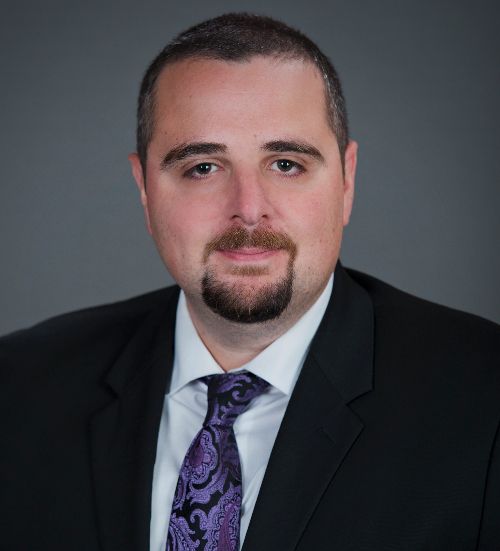Article
Chirag Barbhaiya, MD: How Ablation Success Rates are Misleading
Author(s):
Barbhaiya talks about what he considers to be misleading success rates for Afib ablation being published in studies.
Treating atrial fibrillation among patients is a challenge for many cardiologists, with treatment options including medication and surgical procedures, making the right choice for a patient is a difficult situation. Among those options is ablation.
In an interview with MD Magazine®, Chirag Barbhaiya, MD, cardiac electrophysiologist and assistant professor of medicine at NYU Langone Health and NYU School of Medicine, discusses what he feels are misleading results, in terms of the success rate of ablations. Barbhaiya feels that slight changes to the definition of success rate would produce signifcantly different results.
MD Mag: What is your impression on the success rates of Afib ablation?
Barbhaiya: So, I think one of the things that is worth clarifying is that there's a lot of literature, particularly high-profile studies that have come out in the New England Journal of Medicine, about the effectiveness of Afib ablation. So, when you read these trials you see that the single procedure success rate for whether it's proximal or persistent atrial fibrillation in all the trials settles out at best 65, 70% at one year and there's plenty, there's a lot of non-randomized and have single center of studies that show substantially better outcomes than that. But, one of the things that has come to light is that even in these patients that are “procedural failures” when you look at Afib and at the Afib outcome slightly differently it paints a very different picture.
So, the outcomes that are reported in these trials typically is 30 seconds of Afib. So, if a patient has 30 seconds or more of Afib at some point they get defined as a treatment failure. Well, if you take someone that has persistent fib or is having hours of Afib every day and you get them down to 30 seconds in a year, I would argue that that is helpful. Whereas, the trial is defining that as a failure. Just recently there was a study presented at the European Heart Rhythm Association that implanted loop recorders, not at the time of the procedure but, before the procedure for Afib ablation. It was a randomized trial looking at catheter ablation using either the cryoballoon or radiofrequency. The details of this are less relevant about this topic but what they found was their success at 1 year was very much in line with what was previously reported, about 65-70% but, if you define the outcome a little bit differently you saw that where patients had on average one and a half hours of Afib every day — there was a 99.9% reduction in Afib burden in these patients regardless of ablation strategy.
So, even though 40% of patients were defined as treatment failures in the overall population they had 99.9% less Afib than they did before the procedure. So, you know there's this conception out there that Afib ablation doesn't really work, I think that that if you when you see these patients and you treat them and you see how much better they feel and do after the procedure you know that 99.9% number is much more in line with what we see than the 60% number that is embraced as the primary endpoint of these trials.





